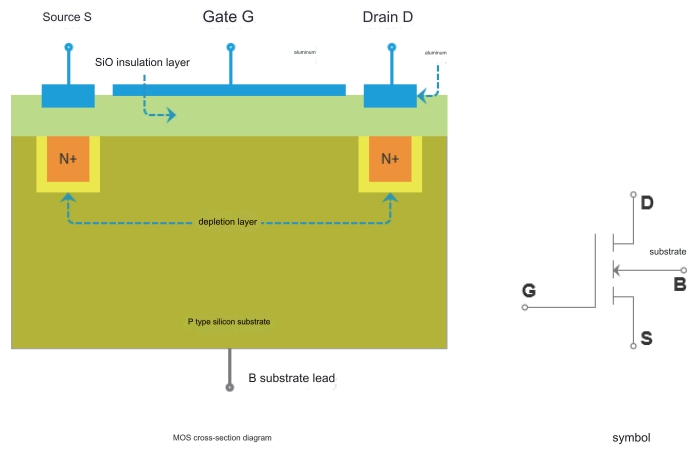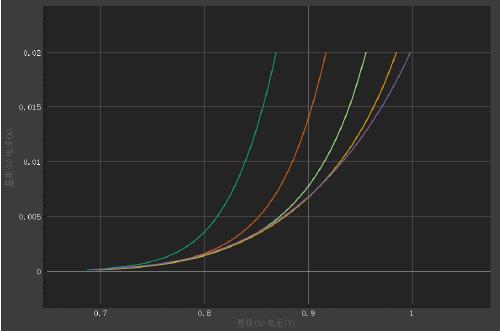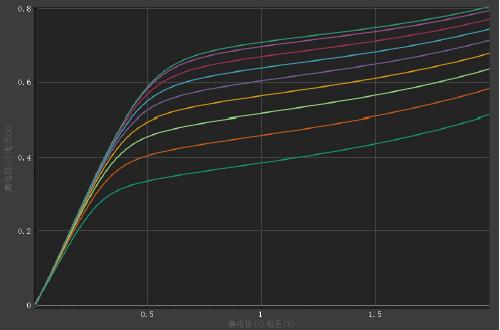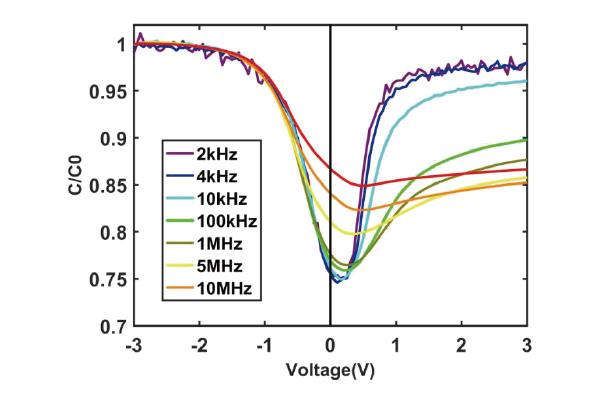

Simplify MOSFET Test With Source Measure Meter
Focus on semiconductor electrical performance testing
Position:Home > Solutions > Semiconductor discrete devices
MOSFET (Metal-Oxide Semiconductor Field Effect Transistor) is a common semiconductor device that uses electric field effects to control its current,and can be widely used in analog circuits and digital circuits.MOSFET can be made of silicon,and can also be made of graphene,carbon nanotubes and other materials,and it is a hot spot in the research of materials and devices.Mosfet testing parameters usually include input/output characteristic curve,threshold voltage VGS(th),leakage current IGSS,IDSS, breakdown voltage VDSS,low-frequency mutual conductance gm,output resistance RDS, etc.

Affected by the device structure itself,researchers or test engineers in the laboratory often encounter the following problems during mosfet testing:
(1) Since the MOSFET is a multi-port device,multiple measurement modules need to be tested together, and the dynamic current range of the MOSFET is large, the test needs a wide range, and the measurement range of the measurement module needs to be able to switch automatically;
(2) The leakage current of the gate oxide has a great relationship with the quality of the gate oxide.If the leakage current increases to a certain level,it will form a breakdown and cause device failure.Therefore, the smaller the leakage current of the MOSFET,the better, and high-precision equipment is required for testing;
(3) As the MOSFET feature size becomes smaller and the power becomes larger, the self-heating effect becomes an important factor affecting its reliability, and the pulse test can reduce the self-heating effect,and the I-V test of the MOSFET using the pulse mode can be accurate Evaluate,characterize its properties;
(4) The capacitance test of MOSFET is very important,and it is closely related to its application in high frequency.The C-V curves are different at different frequencies,and it is necessary to conduct C-V tests at multiple frequencies and multiple voltages to characterize the capacitance characteristics of MOSFETs.
But we can solve these problems by using PRECISE S series high-precision source measure unit and P series high-precision bench-top pulse source measure meters during mosfet testing.
MOSFET is a device that uses gate voltage to control source-drain current.Under a certain fixed drain-source voltage,an IDs~VGs relationship curve can be measured, and a cluster of DC input characteristic curves can be measured corresponding to a set of stepped drain-source voltages.The IDS~VDS relationship obtained by MOSFET under a certain fixed gate-source voltage is the DC output characteristic, and a group of output characteristic curves can be measured corresponding to a set of stepped gate-source voltages.According to different application scenarios, the power specifications of MOSFET devices are also inconsistent. For MOSFET devices below 1A,it is recommended to build a test solution with two S series source measuring units,with a maximum voltage of 300V, a maximum current of 1A,and a minimum current of 100pA,which can meet the needs of low-power MOSFET testing.

For MOSFET power devices with a maximum current of 1A~10A,it is recommended to use two P series pulse source measure meters to build a test solution,with a maximum voltage of 300V and a maximum current of 10A.

For MOSFET power devices with a maximum current of 10A~100A,it is recommended to use a P series pulse source measure unit + HCP to build a test solution with a maximum current of up to 100A.

The mosfet input and output characteristics curve are as follows after testing


Mosfet VGS(th) refers to the VGS value at which the gate-source voltage can make the drain start to have current; mosfet threshold voltage measurement we recommends the S series source measure meter.
Mosfet leakage current IGSS (Gate-Source Leakage Current) refers to the leakage current flowing through the gate under a specific gate-source voltage; IDSS (Zero Gate Voltage Drain Current) refers to when VGS=0,between DS under the specified VDS leakage current,it is recommended to use a Proces S-series or P-series source measure meter for mosfet leakage current testing;
Mosfet breakdown voltage VDSS (drain-source breakdown voltage): It refers to the VDS value when ID starts to increase sharply in the process of increasing the drain-source voltage under the condition of VGS=0; according to the different specifications of the mosfet, its withstand voltage index is also inconsistent. The required instruments are also different. It is recommended to use the S series desktop source measure meter or the P series pulse source measure meter to test mosfet with a breakdown voltage below 300V. The maximum voltage is 300V. The E series is recommended for mosfet test with a breakdown voltage above 300V. The maximum voltage is 3500V.

Mosfet C-V measurement is often used to regularly monitor the manufacturing process of integrated circuits.By measuring the C-V curves of MOS capacitors at high and low frequencies,the gate oxide layer thickness tox,oxide layer charge and interface state density Dit,flat band voltage Vfb,and silicon substrate can be obtained.
As shown in the figure,they correspond to the Ciss (input capacitance),Coss (output capacitance) and Crss (reverse transfer capacitance) test connection circuits.Source measure meter; the digital bridge on the left outputs an AC signal and tests the capacitance value of the capacitor under test under the current bias voltage.The test connection circuit and C-V scanning results are shown in the figure.
